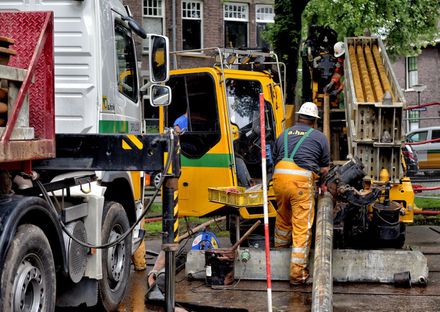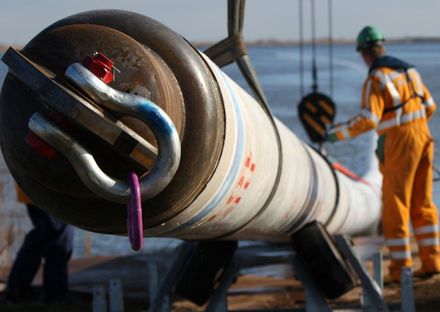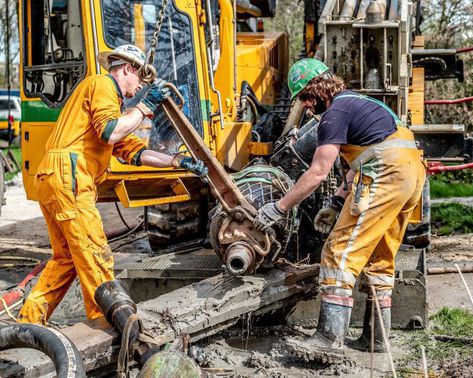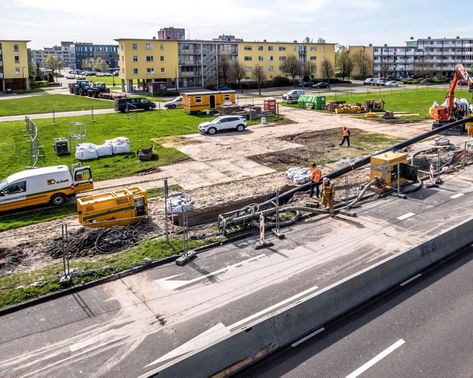Working in built-up environment
Laying heat pipelines in the built-up environment: in the future this will happen more and more often. Project manager Kees Hoogstraten is setting up such a project in Heerhugowaard. ‘Installing a pipeline is one thing. The trick is to know how to do this without unnecessarily frustrating the environment.’
Residual heat is increasingly replacing natural gas as an energy source for heating and hot water. This is also the case in Heerhugowaard. For our client waste processing company HVC, A.Hak is laying a heat transport pipeline as part of the heat network for a large number of households, businesses and horticultural companies. Project manager Kees Hoogstraten manages the team of about fifty people.
‘Clients consider it increasingly important how the neighbourhood reacts’, he says. ‘We are guests in the area, so we have to take into account who lives there. If you do that, you'll see that a project runs much more smoothly. It's also good for your reputation. The next time we apply for a permit, we find a much happier municipal official in front of us when they know that we are not cowboys.’
CONSULTATION HOURS
Kees therefore takes into account school holidays, the wishes of companies and the concerns of local residents. Does the nursery suffer from the noise? Then his team erects a noise barrier. Is someone from a flat worried that the building is going to collapse? Then they go by in person to explain why this doesn't happen. If necessary, an additional investigation by an engineering firm is carried out to remove any doubts. Once a week there is also a consultation hour where anyone can ask questions. ‘If you do it wrong twice, you lose the trust’, says Kees. ‘But if you inform the environment, they will also help you if there is something wrong.’
INVOLVE SCHOOLS
Another special feature of this project is that we go to schools with the project. Kees: ‘We meet young people who we hope will be able and willing to work in our sector later on. You can make them enthusiastic by telling them about our profession and showing them what we do. Visits to the first two large groups are already planned. With the arrival of warmth, this is a unique opportunity to give some of this something.
LEARNING FROM EACH OTHER
The project is also interesting internally. A.Hak's team consists of two blood groups. Pipe builders with expertise in the field of large-scale pipeline projects and infrastructure specialists with extensive experience in district heating. ‘They learn a lot from each other. We really take the time to do that. We train each other, we explain each other a lot. It will benefit all of us.’

Heat network Dordrecht
The green ring road, part of the Dordrecht Thermal Network, has been fully completed since 28 March 2019 thanks to the last weld, also known as the 'golden weld'.

Heat pipeline IJmeer
What do you do if you want to use the residual heat from two power stations in Diemen to heat the Almere-Poort district on the other side of the IJmeer? Right, then you ask A.Hak to lay a heat transport pipeline one and a half meters below the bottom of the lake.

